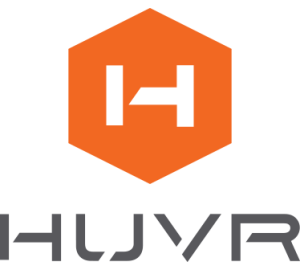Blog · 4 MIN READ
Embrace 3DC
Posted on June 12
As the phrase “Digital Twin” becomes overhyped and overused, it is time we embrace 3D Contextualization.
In recent years, the term “Digital Twin” has gained significant popularity. For Gartner analysts and other data/risk modeling and mitigation users, a digital twin is already a fully functioning digital facsimile of the physical object upon which you can test different scenarios to determine outcomes. But for most people, “digital twin” (not unlike “digital transformation”) is an overused, over-hyped business bingo buzzword that means something different to everyone.
It’s time to challenge the status quo and shift our perspective towards a more precise and evocative term: “3D Contextualization (3DC).” This change in terminology is necessary because it better conveys the essence of overlaying inspection data onto 3D models, while providing invaluable contextual information for very specific and valuable use cases.
The Limitations of “Digital Twin”
The term “Digital Twin” has been widely used to describe the digital representation of a physical object or system. While this served its purpose, the term misses the essence of what’s happening–and what’s possible. By using the term “Digital Twin,” we limit the perception to mere replication of the physical object, disregarding the vital contextual information that accompanies the data. It’s kind of like saying the President of the US lives in a house instead of the White House. It’s technically correct (which some people say is the best kind of correct, but let’s leave that aside) but misses the nuance.
Embracing “3D Contextualization”
3D Contextualization offers a more accurate and comprehensive representation of the process of overlaying inspection data on 3D models. It conveys the core idea of enriching the 3D model with relevant contextual information, allowing users to gain a deeper understanding of the data within its spatial and environmental context. To put a fine point on it, the term offers context.
Enhancing Inspection Data Overlay
By embracing 3DC, we set the proper expectations for what the actual output will be:
- Spatial Awareness: The term “3D” in “3D Contextualization” emphasizes the spatial aspect of the data overlay process. It conveys the notion that the inspection data is seamlessly integrated into the 3D model, enabling users to visualize the information within its proper spatial context. This is valuable because data without context is just noise, while data WITH context is a valuable tool for ensuring safety, profitability and operational excellence.
- Environmental Considerations: Inspection data overlaid on 3D models isn’t solely about the object itself; it also involves understanding the surrounding environment. Contextualization provides a holistic approach where the data is presented in relation to its surroundings, capturing the complete picture. This allows a more nuanced decision about remediation and maintenance.
- Informed Decision-Making: The term “3D Contextualization” inherently implies the potential for data-driven decision-making. By providing a comprehensive understanding of the inspection data within its spatial and environmental constraints, stakeholders can make more informed decisions, leading to improved efficiency and accuracy.
Fostering Collaboration and Communication
Shifting from a “Digital Twin” to “3D Contextualization” mindset promotes effective collaboration and communication between various stakeholders. The term clearly conveys the purpose of overlaying inspection data on 3D models, facilitating easier comprehension and encouraging interdisciplinary collaboration.
Conclusion
While “Digital Twin” has played a significant role in popularizing the concept of digital representations, it falls short when it comes to describing the overlay of inspection data on 3D models. “3D Contextualization” emerges as a more suitable term, capturing the essence of the process by emphasizing spatial awareness, environmental considerations, and informed decision-making. By embracing this terminology shift, we empower ourselves to explore new frontiers in inspection data overlay, fostering collaboration and unlocking the true potential of 3D models in various industries.


